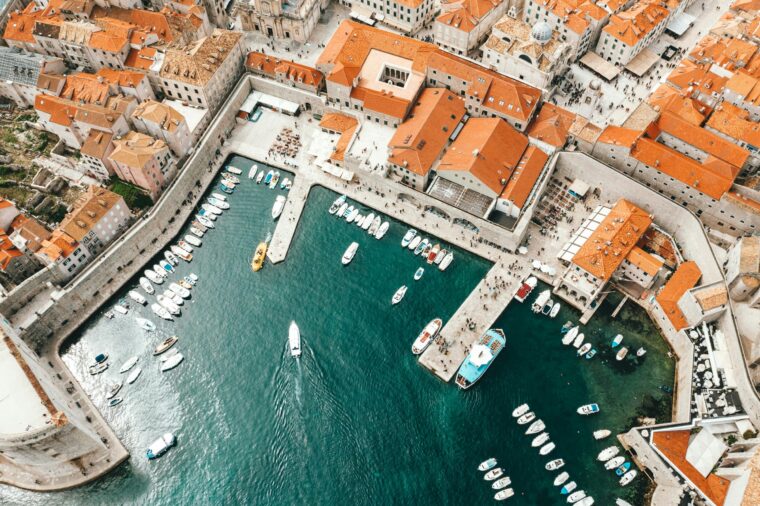- Cultural Tapestry: Croatia’s rich heritage blends Mediterranean vibrancy, Central European elegance, and Slavic traditions, evident in its architecture, art, and folktales. This unique past is celebrated through centuries-old customs and six UNESCO World Heritage sites such as Dubrovnik, Split, and Trogir.
- Festivals and Culinary Journeys: Traditional festivals like the Dubrovnik Summer Festival and Zagreb Advent showcase Croatia’s dynamic cultural events alongside authentic regional cuisine from seafood dishes to hearty stews. These events offer an immersive experience, celebrating everything from historical plays and folk dances to artisan food practices.
- Culture-Rich Sailing Adventures: Sailing along the Adriatic coast provides a blend of scenic island escapes and deep cultural immersion, with stops at ancient sites and local artisan workshops. Heritage tours, coastal feasts, and traditional performances make each nautical mile a journey through Croatia’s living legacy.
KEY TAKEAWAYS
Introduction
The cultural highlights of Croatia are woven from a rich tapestry of Mediterranean vibrance, Central European elegance, and Slavic spirit. This unique blend reflects in everything—from its architecture and art to folk customs and festivals. With a history stretching over 1,300 years, Croatia offers travelers a dynamic cultural landscape shaped by Roman emperors, Venetian merchants, and Austro-Hungarian nobility. Today, the nation’s legacy is preserved in six UNESCO World Heritage sites, including the old cities of Dubrovnik, Split, and Trogir.
Croatia is not just a place to visit—it’s a cultural experience. Explore age-old traditions along the Adriatic coast, where centuries-old customs still thrive in fishing villages and island communities. Join vibrant Croatian festivals and food fairs where music, dance, and culinary heritage take center stage. Whether sailing between heritage-rich islands or strolling through historic city streets, every journey reveals ancient legacies and lively customs.
This article uncovers the soul of Croatia through its most celebrated cultural features—seasonal festivals, authentic cuisine, centuries-old rituals, and seafaring traditions. Discover what makes this Adriatic gem a cultural crossroads and an unforgettable destination. Let Croatia’s spirited traditions and scenic heritage guide your next journey.
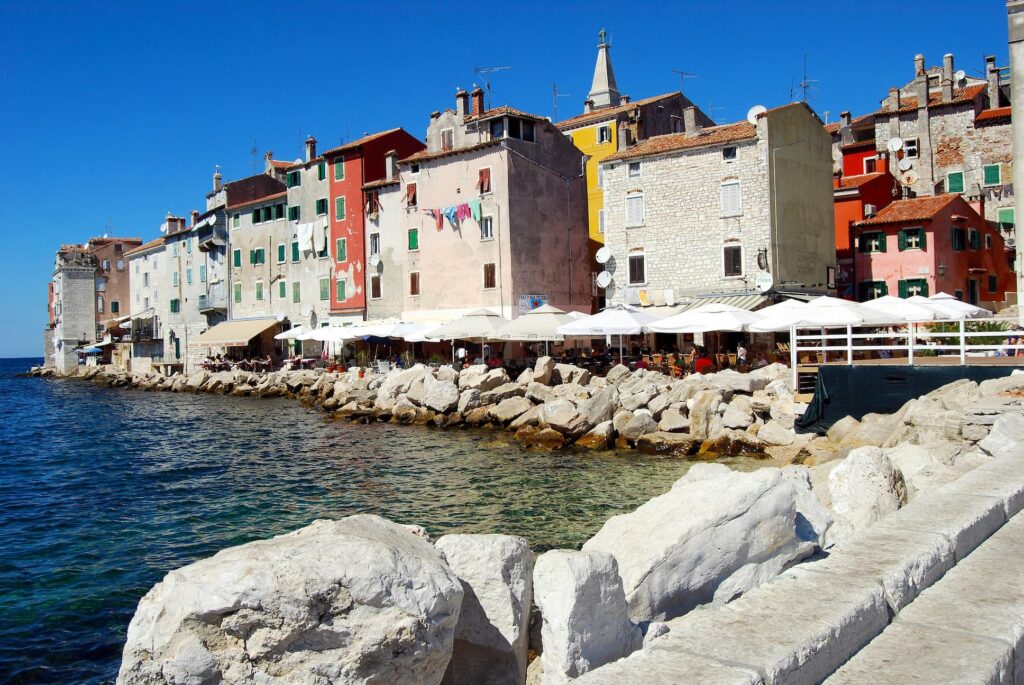
Croatian Festivals and Food
Celebrating Culture: Croatia’s Signature Festivals
Croatian festivals and food are deeply intertwined with the country’s cultural identity. Each year, the Dubrovnik Summer Festival transforms this coastal gem into an open-air stage. Running from mid-July to mid-August, it features more than 70 events—from Shakespearean plays in Fort Lovrijenac to ballet performances at the Rector’s Palace—all set within the city’s UNESCO-protected Old Town walls. Originating in 1950, it remains Croatia’s longest-running cultural event.
In contrast, winter brings Zagreb Advent, repeatedly voted Europe’s best Christmas market. Streets light up from late November to early January with fairy-tale decor, live choirs, and artisan craft stalls. Glühwein (mulled wine), fritule (mini doughnuts with powdered sugar), and sausages sizzling on street grills create a culinary wonderland. The festive magic spans Ban Jelačić Square to Zrinjevac Park, accompanied by concerts and ice skating.
For those seeking authentic folk traditions, the International Folklore Festival in Zagreb every July showcases regional costumes, dances, and music passed down through generations. The Tamburitza Festival in Vinkovci draws music lovers with orchestras playing the tamburica, a lute-like folk instrument symbolic of Slavonian heritage.
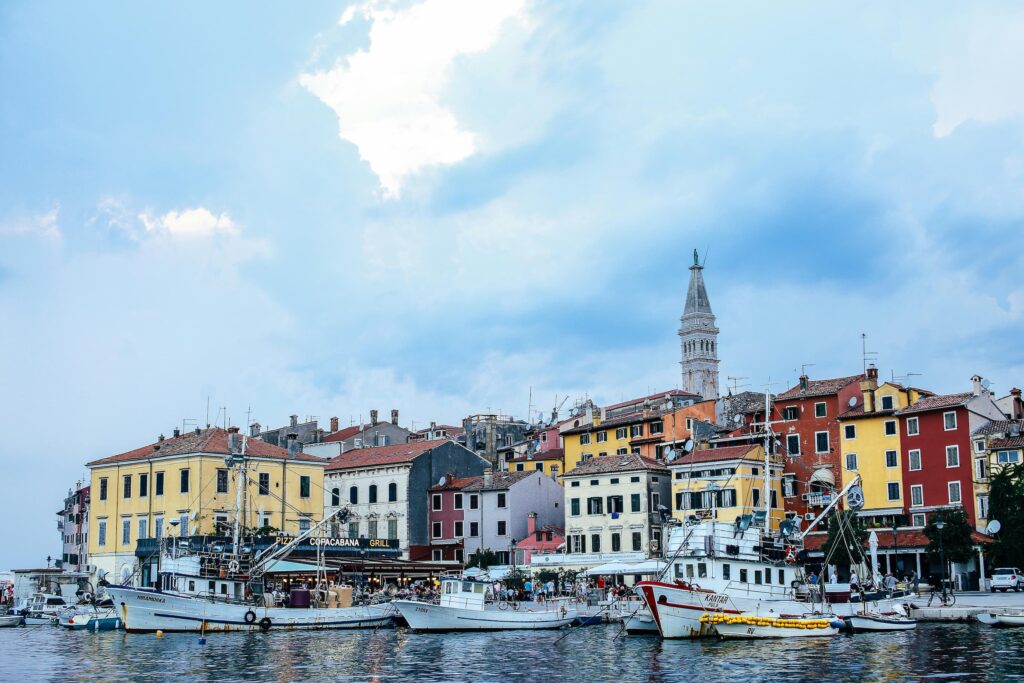
Flavors of the Nation: Croatia’s Culinary Landscape
Traditional Croatian cuisine varies by region, reflecting centuries of Mediterranean, Viennese, Ottoman, and Slavic influence. On the Adriatic coast, seafood dominates seasonal menus. Crni Rižot is a black cuttlefish risotto colored and flavored with squid ink—rich in umami and served with a squeeze of lemon. Brudet, a fisherman’s stew made with various white fish and tomatoes, is slow-cooked in one pot and best enjoyed with polenta.
Whether visiting Dalmatia, Istria, or the islands, Peka is a must-try dish. This method involves baking lamb, veal, or octopus with herbs and vegetables under a dome-shaped iron lid (“ispod peke”) in a wood-fired oven. The result is tender, aromatic and reflective of centuries-old cooking customs.
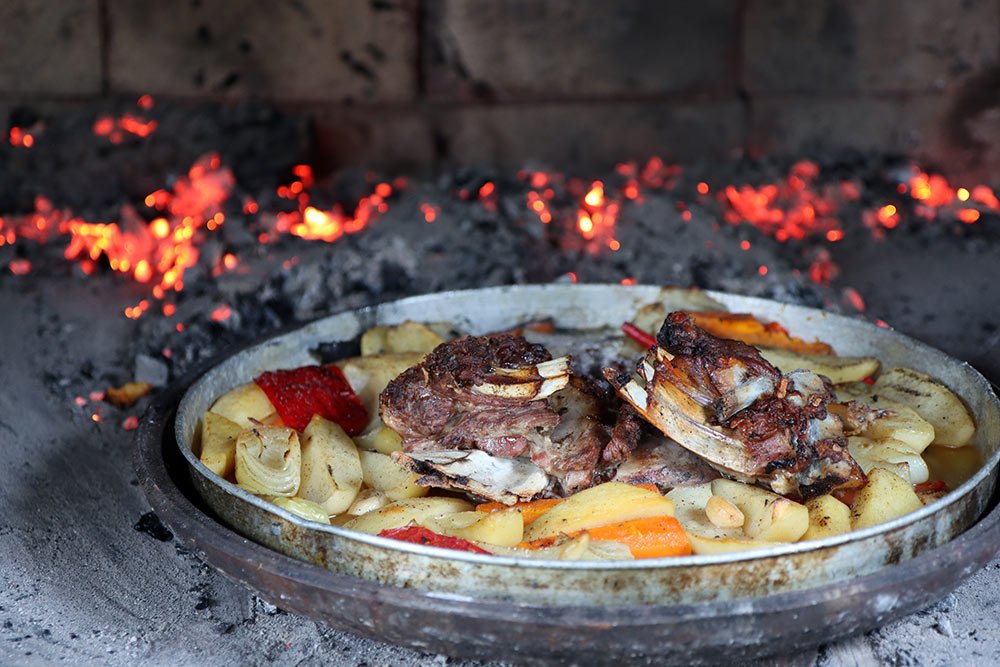
In northern regions, Ćevapi—grilled minced meat sausages served with ajvar (pepper spread) and flatbread—are popular at food stalls during festivals. Cheese lovers should try Paški Sir, a hard cheese from the island of Pag, made from sheep’s milk rich with flavor due to the animals’ herb and salt-infused diet.
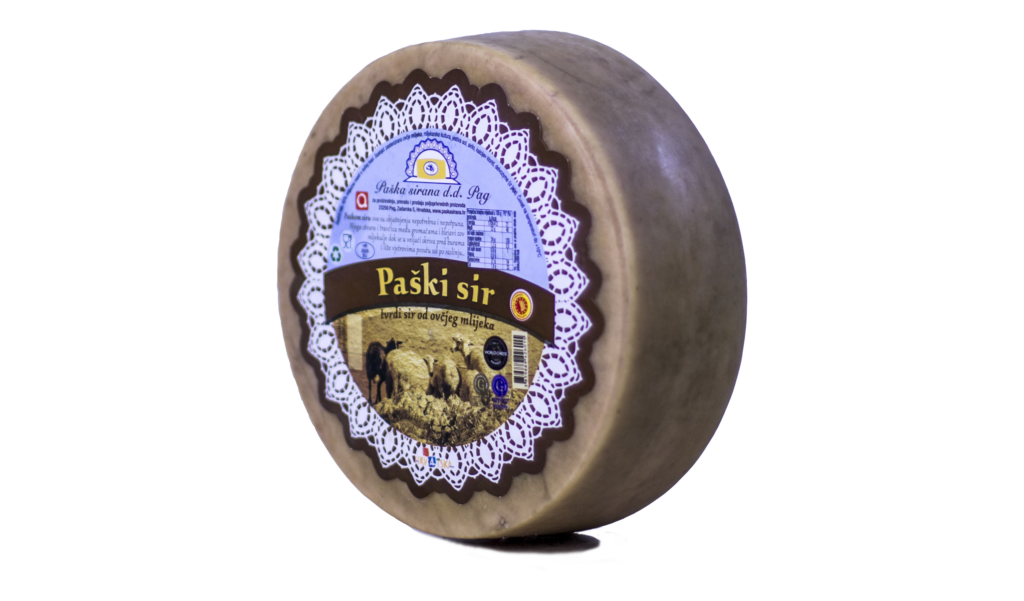
Festival food is a cultural highlight of Croatia. From Dubrovnik’s summer stages to Advent’s snowy stalls, local flavors enrich every celebration. Seasonal specialties like roasted chestnuts in winter or grilled sardines by the sea in summer reflect the traditions on the Adriatic coast.
Plan festival visits ahead, as dates can change yearly. Booking early ensures the best accommodation and unique street food experiences in every region. See Croatian cuisine must-try dishes.
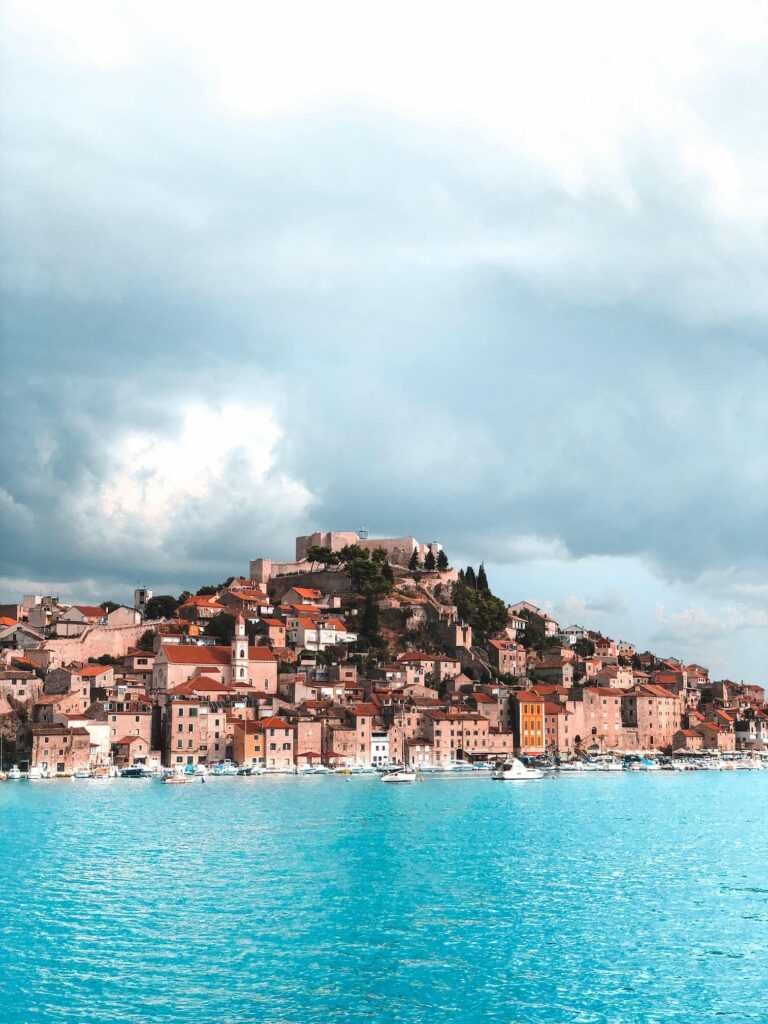
Culture-Rich Sailing Trips
Sailing along Croatia’s Adriatic coast offers more than just serene waters and island escapes. It provides culture-rich sailing trips where history, tradition, and landscape converge. With access to over 1,000 islands and islets, travellers experience untouched coves, stone towns with ancient legacies, and deckside views of glistening turquoise bays and golden sunsets that define the Dalmatian coast.
Each stop brings a new layer to the cultural highlights of Croatia. In Split, the grandeur of Diocletian’s Palace—a UNESCO World Heritage Site built in the 4th century—rests seamlessly inside the bustling modern city. Wander marble-paved alleys and sip espresso beneath Roman arches still alive with daily life.
Sail onwards to Brač, where stonemasonry traditions date back to antiquity. The island’s white limestone was used to construct Diocletian’s Palace and parts of the White House in Washington, D.C. Visit local workshops to see artisans at work using tools little changed since Roman times.
On Hvar Island, Renaissance elegance meets rustic charm. The Cathedral of St. Stephen, framed by Venetian-style houses, anchors one of the most picturesque squares in Dalmatia. Inland, sprawling lavender fields perfume the air each summer—a tradition introduced by Greek settlers and still celebrated with lavender festivals.
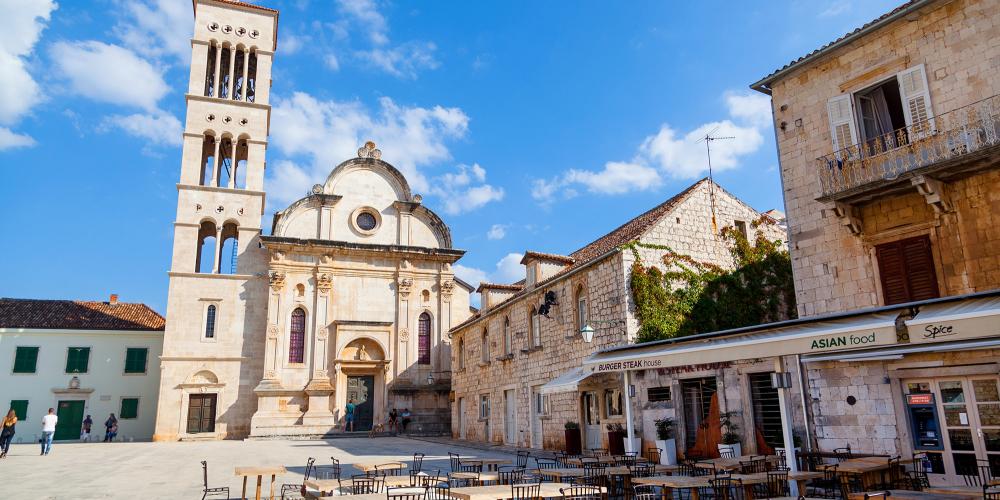
Korčula, believed to be the birthplace of Marco Polo, is famed for the Moreška Sword Dance, a centuries-old performance combining chivalry, drama, and costumed pageantry. The dance, performed during festivals, symbolizes the coastal town’s deep historical ties to maritime power, family honour, and artistic expression.
A stop in Vis reveals Croatia’s wine-growing soul. Once a strategic naval base closed to foreigners until 1989, Vis offers wine tours that explore traditional cellars beneath stone houses. The native grape Vugava, cultivated since ancient Greek times, produces white wines with floral complexity.
Further south, the Elafiti Islands offer quiet respite. While largely uninhabited, places like Šipan and Lopud reflect rural traditions preserved through homemade liqueurs, olive oil pressing, and monastery gardens once tended by Renaissance monks.
Many culture-inspired activities can take place on board. Expert guides lead onshore tours to hidden chapels and archaeological sites. Culinary classes dive into coastal favourites like brodet and pršut. Wine and olive oil tastings feature regional delicacies including Istrian truffles and Dalmatian herb blends.
An 8-day itinerary might start in Split, followed by stops in Brač, Hvar, Korčula, and Vis, with a day exploring the Elafiti Islands before concluding in Dubrovnik. Booking with reputable, eco-conscious sailing operators ensures responsible travel and access to authentic experiences. Summers—from June to September—are ideal for weather, festivals, and full cultural immersion.
See Yacht Charter Croatia options.
Culture-rich sailing trips offer more than sightseeing—they provide immersion into the timeless traditions on the Adriatic Coast, making every nautical mile a journey through living heritage.
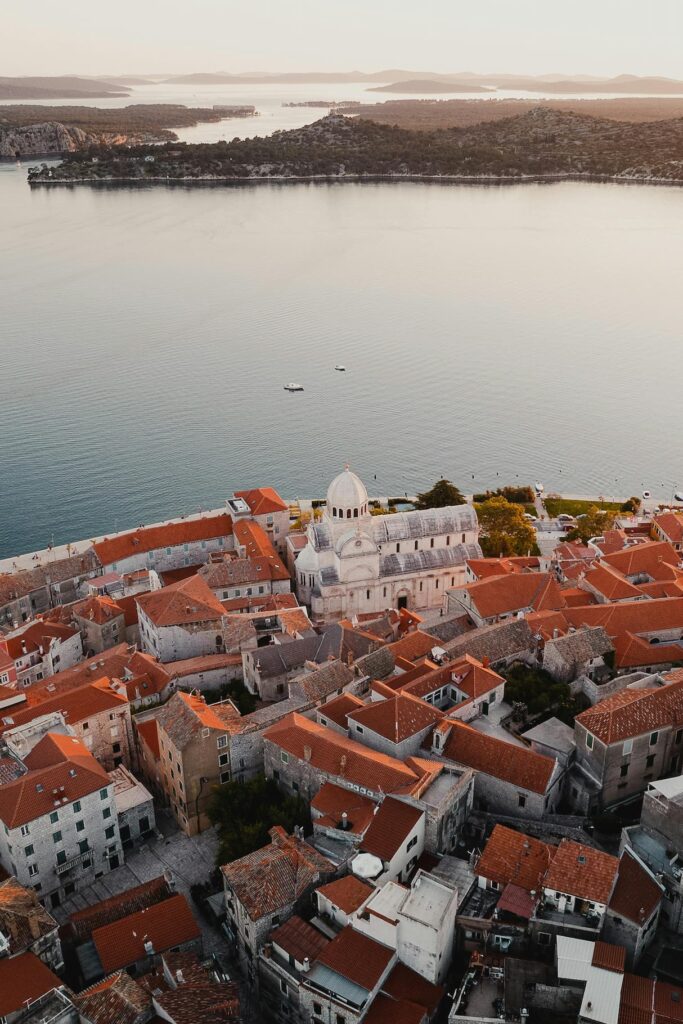
Traditions on the Adriatic Coast
The traditions on the Adriatic coast of Croatia are deeply rooted in centuries of foreign rule, maritime trade, and cultural exchange. Coastal communities showcase a unique mosaic of customs shaped by ancient Greek settlers, Roman urban planning, Venetian artistry, and Austro-Hungarian elegance. Each of these civilizations left their imprint — from Latin inscriptions in stone to Gothic windows lining narrow cobblestone streets. This heritage continues to breathe through art, music, and craftsmanship seen in everyday coastal life.
One remarkable cultural highlight of Croatia is Klapa singing. Originating in Dalmatia, this a cappella style blends harmony and poetry, performed by male vocal groups on harbor squares or at summer festivals. Klapa was inscribed in UNESCO’s Intangible Cultural Heritage list in 2012, symbolizing the soul of coastal tradition. Unlike choral singing, Klapa follows a strict harmonic structure with romantic and pastoral themes, an oral tradition passed down through generations.
Another enduring craft is Pag Lace — intricate patterns handmade by women from the island of Pag using a centuries-old needlepoint technique. Each design is unique and registered by a local artisan, making it a symbol of regional identity and creative legacy. This craftsmanship shares space with traditional ceramics from Vis and Korčula, as well as hand-painted pottery from the Dubrovnik hinterland, often inspired by marine themes and local folklore.
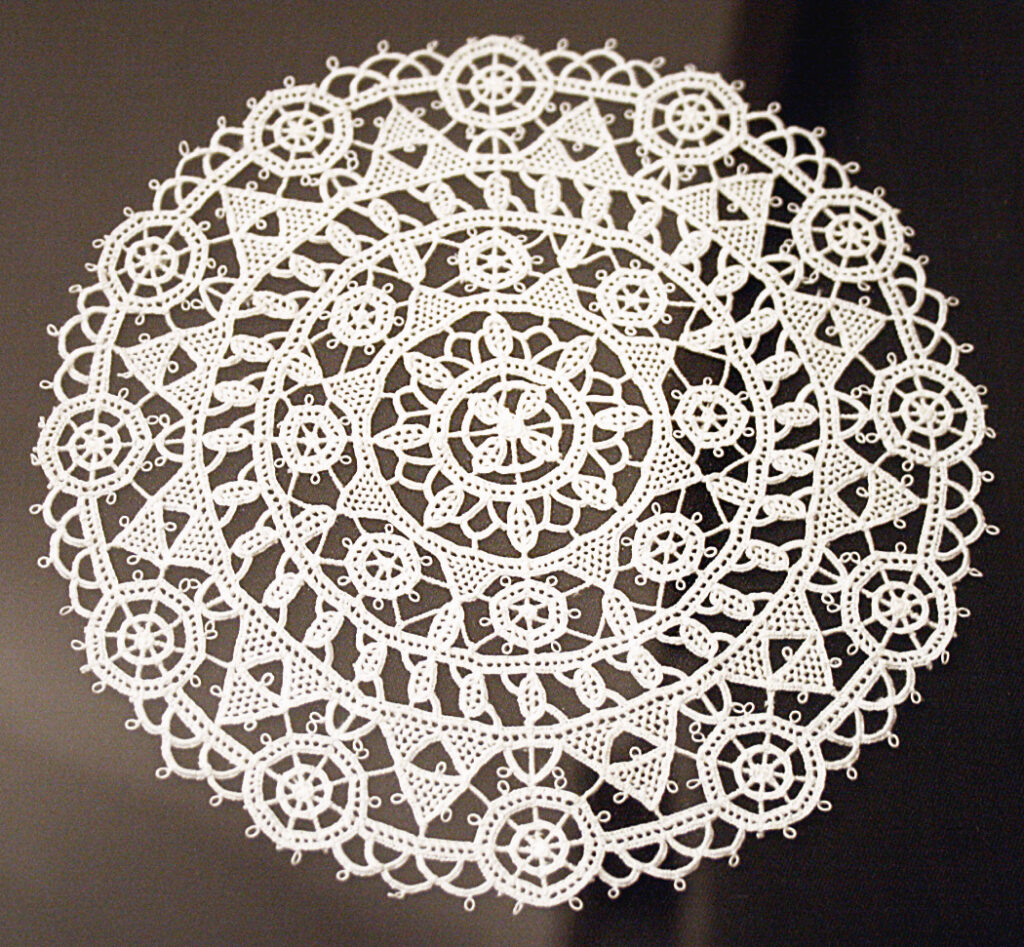
Historic festivals still pulse through these towns. Korčula hosts the Moreška Sword Dance, a dramatic 16th-century performance of clashing sabres and Moorish tales. Lastovo’s Carnival, dating back to the 14th century, features masked processions, wooden weapons, and community feasting — celebrating defiance against Genoese invaders. Both events offer a direct window into Croatia’s living heritage.
The Croatian Ministry of Culture supports these practices through grants, museums, and educational programs (Source). Local cultural centers regularly host workshops for visitors. Tourists are encouraged to engage respectfully — attend heritage events, purchase authentic crafts from local artisans, and avoid mass-produced imitations. These actions help preserve the cultural highlights of Croatia for future generations.

Croatian Festivals, Food, and Culture-Rich Sailing Trips
Croatia celebrates over 1,500 festivals a year, making summer the peak season to experience its vibrant cultural highlights. Major events include the Dubrovnik Summer Festival, featuring classical music, theatre, and dance within 16th-century walls, and the Pula Film Festival, held in a Roman amphitheater dating back to 27 BC. For modern tastes, Ultra Europe in Split draws international crowds with electronic music and beach parties.
Gastronomy is deeply regional. Inland, try Slavonia’s kulen (paprika-spiced sausage) and čobanac (meat stew). Coastal cuisine leans on Mediterranean roots — fresh Adriatic seafood, olive oil, and homemade pasta dominate menus. Don’t miss Istria’s black and white truffle dishes or Dalmatian peka: lamb and vegetables slow-cooked under an iron bell. At local konobas (traditional taverns), pair these with Plavac Mali or Graševina wines.
Set sail on culture-rich sailing trips to islands like Hvar, Vis, and Brač. These voyages combine sun-drenched cruising with heritage tours — such as touring Stari Grad Plain, a UNESCO World Heritage site built by Greek colonists in 384 BC. Evening moorings offer cultural immersions: open-air concerts, local feasts, or folklore performances featuring traditional dress and dance.
For winter visitors, the Zagreb Advent is a magical mix of live nativity scenes, artisan crafts, and spiced rakija under snow-draped market stalls. For any season, booking ahead is essential — especially for guided tours and marina berths during festivals.
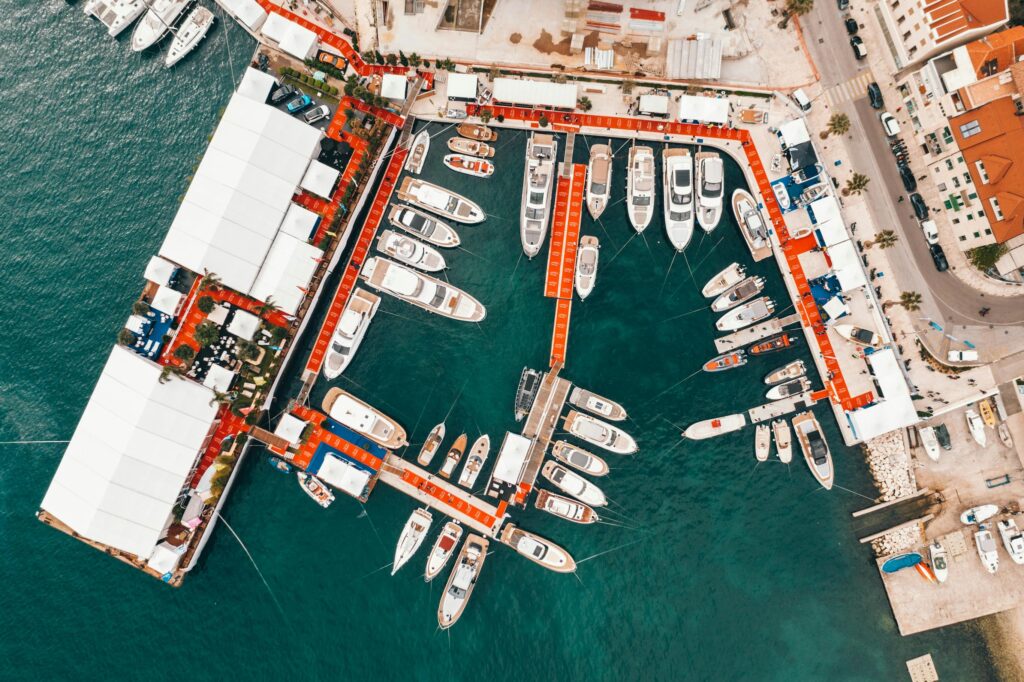
Conclusion
From centuries-old coastal festivals to hearty Dalmatian dishes, the cultural highlights of Croatia offer a deeply rooted, authentic experience. Music echoes through medieval streets during the Dubrovnik Summer Festival, while centuries-old klapa singing in Split celebrates UNESCO-listed heritage. Island villages like Korčula still host centuries-old sword dances, and traditional konobas serve black risotto made with fresh Adriatic cuttlefish. With culture-rich sailing trips navigating between Roman, Illyrian, and Venetian-influenced ports, each harbor reveals a new chapter of Croatian legacy. Discover these layers yourself—plan your journey now to immerse in a nation where tradition is as alive as the emerald waters surrounding it. Read our guide about yacht charter in Croatia.
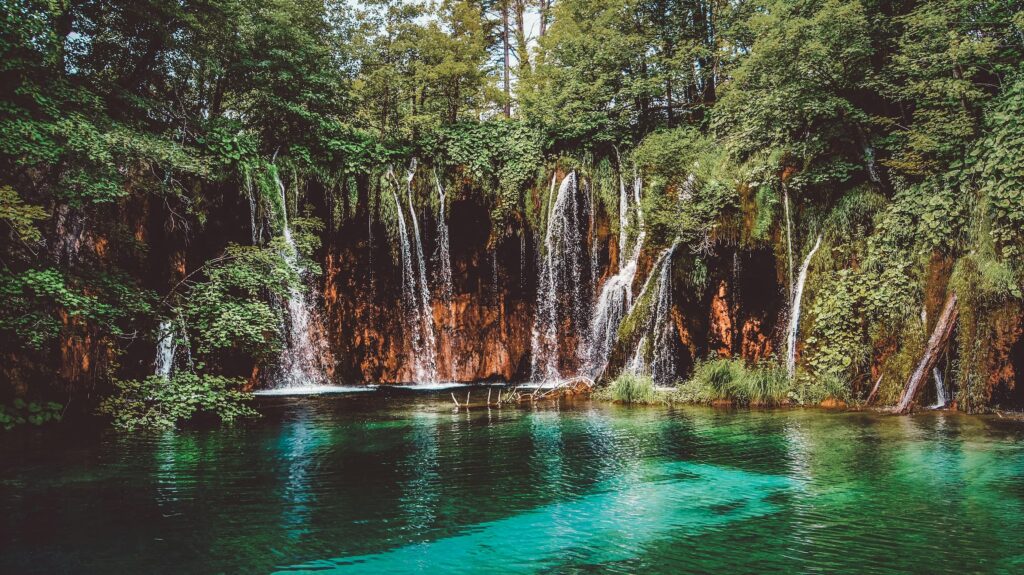
Additional Resources
Official Festival Websites
For authentic event details, visit the Dubrovnik Summer Festival, famous since 1950 for theatre and music under starlit skies. The Zagreb Advent site offers winter market dates and programs. Explore age-old customs via the International Folklore Festival, held annually in Croatia’s capital since 1966.
Suggested Reading
Enhance your journey with ‘The Treasure of Croatian Culture’ by the Croatian National Tourist Board and ‘Croatia: A History’ by historian Ivo Goldstein—key texts for understanding cultural context.
Alternatively check out our Reasons to Yacht Charter in Croatia Guide.
| Category | Details |
| Destination | Croatia – A cultural mosaic of Mediterranean vibrance, Central European elegance, and Slavic spirit with over 1,300 years of history. |
| Historical Legacy | Home to six UNESCO World Heritage sites including the old cities of Dubrovnik, Split, and Trogir; ancient landmarks like Diocletian’s Palace and centuries-old Venetian architecture. |
| Best Time to Visit | Summer (June to September) for festivals and culture-rich sailing trips; Winter for the magical Zagreb Advent market. |
| Cultural Festivals | – Dubrovnik Summer Festival (mid-July to mid-August) featuring theatre, ballet, and music – Zagreb Advent, voted Europe’s best Christmas market – International Folklore Festival and Tamburitza Festival showcasing regional costumes and traditional music – Moreška Sword Dance and Lastovo’s Carnival celebrating historical and folk traditions |
| Culinary Highlights | – Adriatic seafood specialties like Crni Rižot and Brudet – Traditional Peka (meat or octopus with herbs, slow-cooked under an iron lid) – Regional favorites: Ćevapi with ajvar, Paški Sir cheese, local wines (Plavac Mali, Graševina) |
| Sailing & Itinerary | – Culture-rich sailing trips along the Adriatic coast – Sample 8-day itineraries with stops in Split, Brač, Hvar, Korčula, Vis, and the Elafiti Islands – Onshore tours to historical sites and culinary workshops aboard eco-conscious vessels |
| Local Traditions | – Klapa singing, inscribed in UNESCO’s Intangible Cultural Heritage list – Traditional crafts like Pag Lace and local ceramics – Folk dances, storytelling, and artisanal workshops reflecting ancient customs |
| Official Resources | – Official festival websites: Dubrovnik Summer Festival, Zagreb Advent, International Folklore Festival – Sailing operators: Intrepid Travel, On The Go Tours – Contact: Croatian National Tourist Board at info@htz.hr – Suggested reading: ‘The Treasure of Croatian Culture’ and ‘Croatia: A History’ |
FAQs
Croatia’s cultural highlights include six UNESCO World Heritage sites, vibrant festivals like the Dubrovnik Summer Festival and Zagreb Advent, and rich culinary traditions. The country’s history is shaped by Roman, Venetian, and Austro-Hungarian influences, which is reflected in its architecture and folk customs.
Cultural enthusiasts should not miss the Dubrovnik Summer Festival, featuring more than 70 events including plays and concerts. The Zagreb Advent is celebrated as Europe’s best Christmas market, while the International Folklore Festival in Zagreb showcases traditional music and dance.
Croatian cuisine varies by region, blending Mediterranean, Viennese, Ottoman, and Slavic influences. On the Adriatic coast, dishes like Crni Rižot and Brudet are popular. In the north, try Ćevapi and Paški Sir. Each dish reflects Croatia’s diverse cultural heritage.
Culture-rich sailing trips in Croatia offer access to over 1,000 islands, each with historical landmarks, such as Diocletian’s Palace in Split. These trips immerse travelers in local customs, including stonemasonry in Brač and wine heritage on Vis, blending natural scenery with cultural exploration.
The Adriatic coast is known for traditions like Klapa singing, a UNESCO-listed a cappella style, and the Moreška Sword Dance in Korčula. Crafts such as Pag Lace and traditional pottery highlight Croatia’s artisanal heritage, with influences from ancient Greek to Venetian times.
Visitors can support Croatian culture by attending heritage events, purchasing crafts directly from local artisans, and respecting sites. Engaging in workshops or guided tours with local experts offers insight into Croatia’s living traditions, ensuring their preservation for future generations.
Summer is ideal for cultural festivals like the Dubrovnik Summer Festival, while winter is perfect for Zagreb Advent. Sailing trips and outdoor activities are best from June to September. Planning ahead is essential for securing accommodations and festival access.

